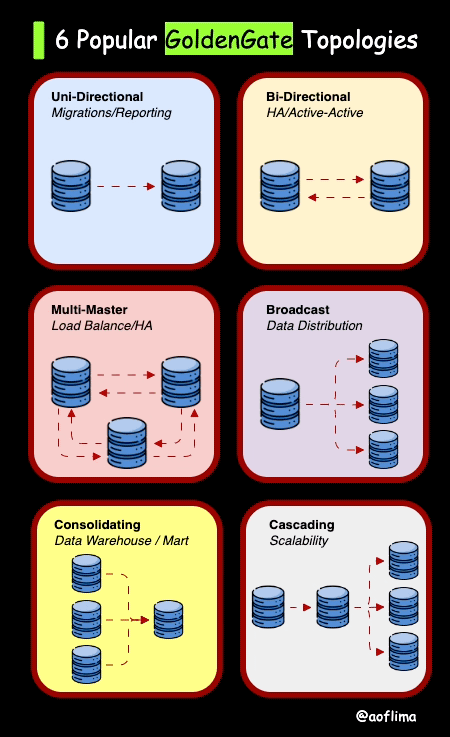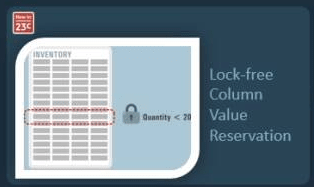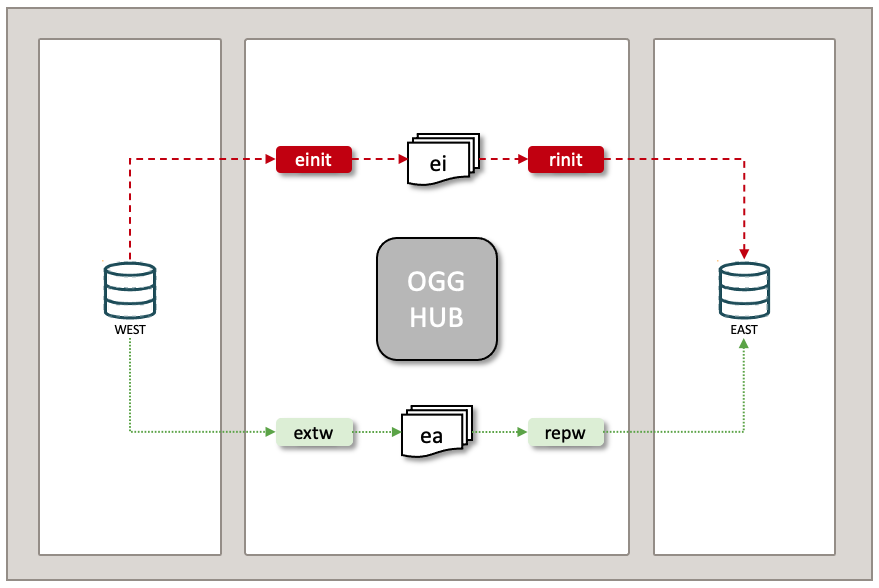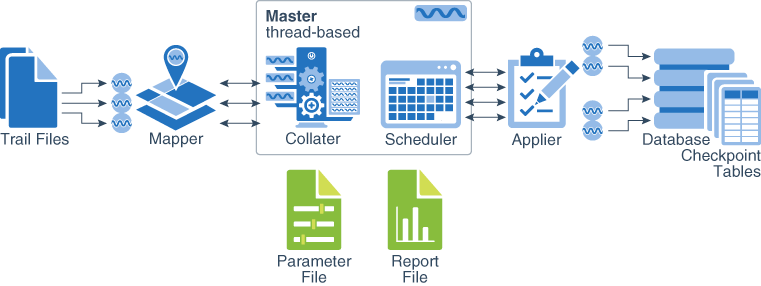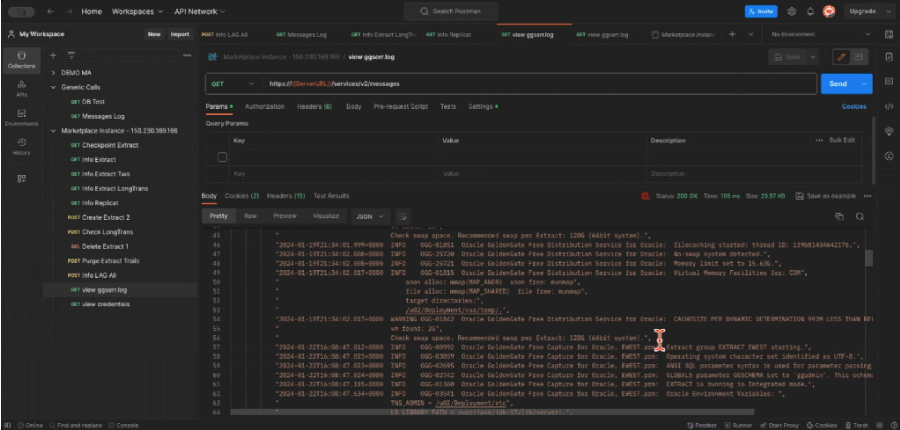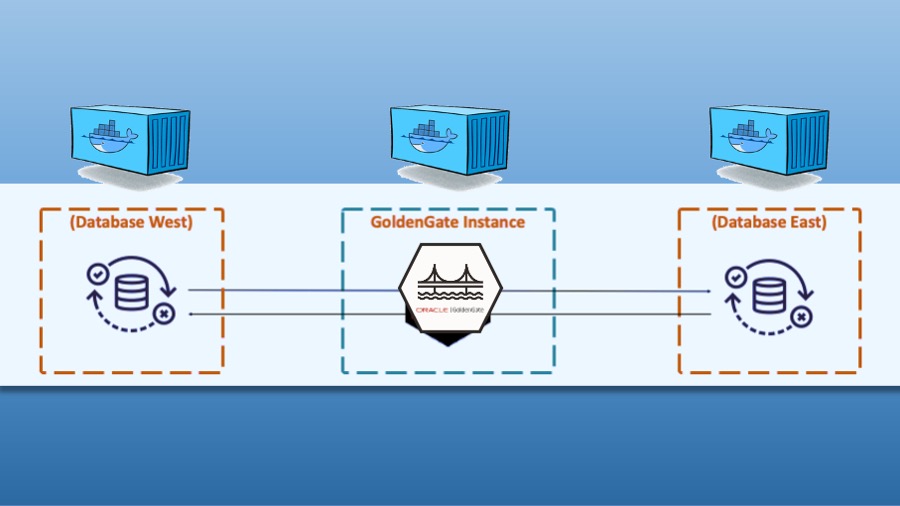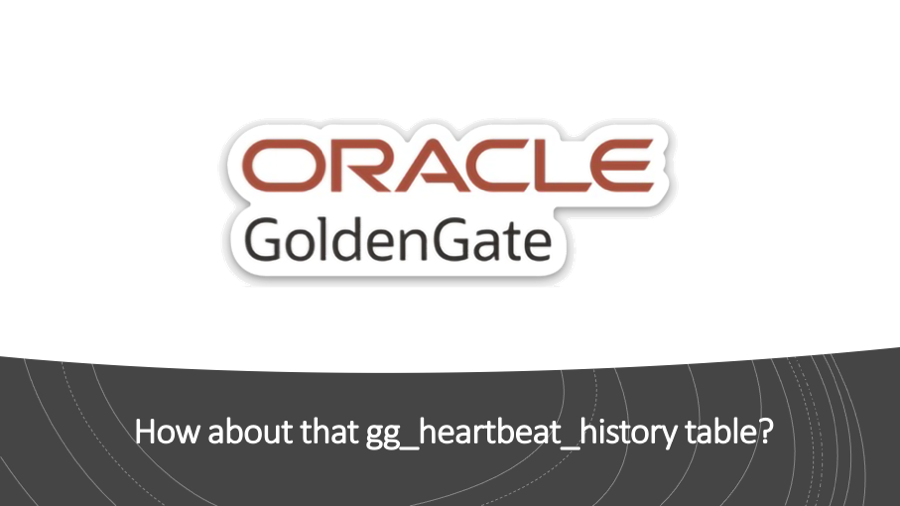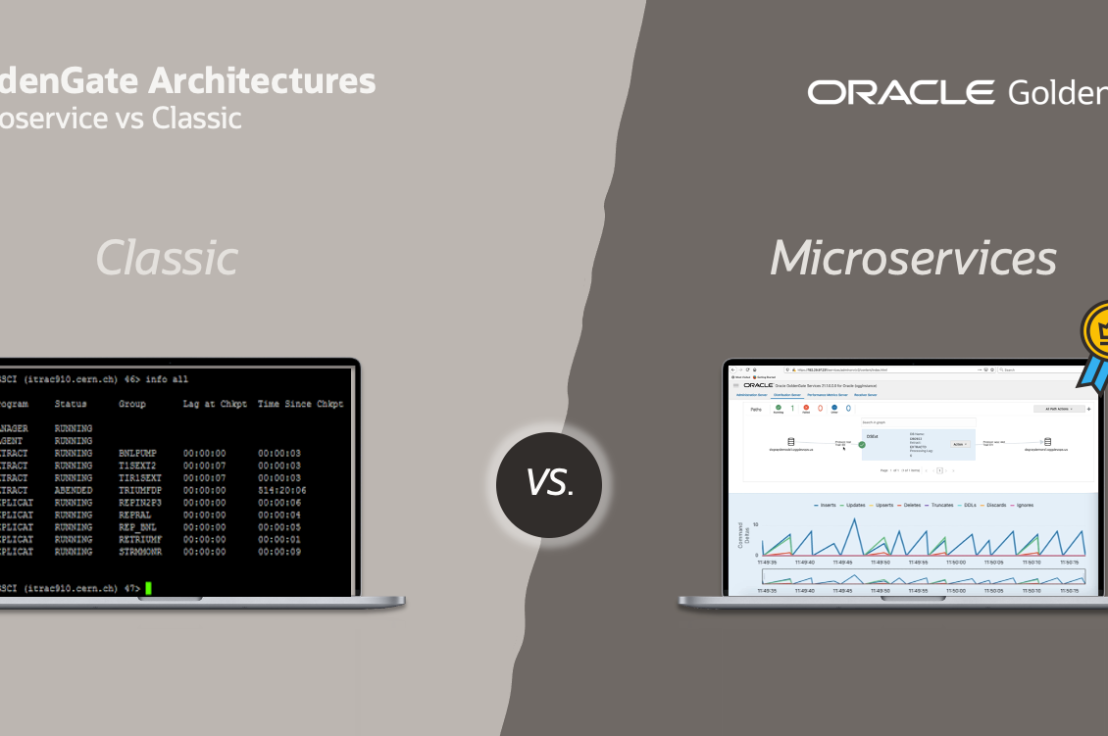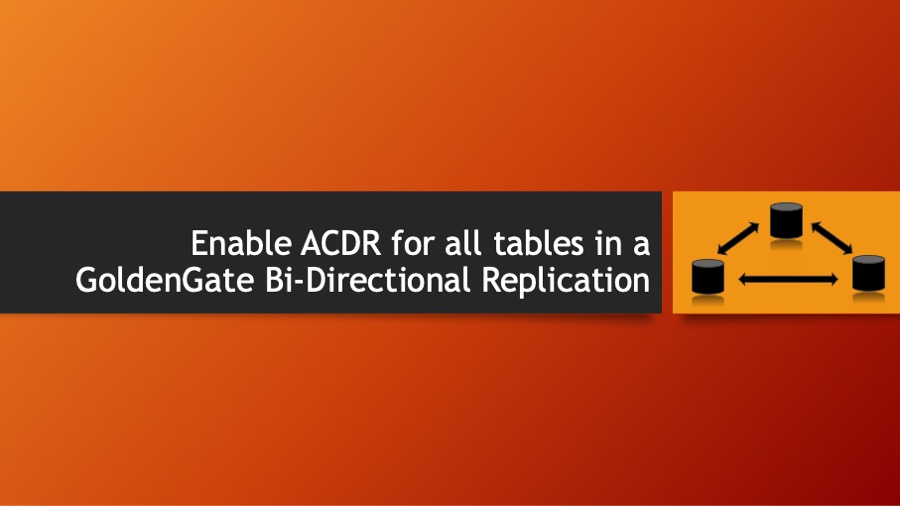Tag: database
Using Oracle’s Lock-Free Reservable Columns with GoldenGate
Oracle's lock-free reservations, introduced in version 23c, address the issue of concurrent transaction blocking when updating specific columns. This functionality allows multiple transactions to modify the same row without traditional locking mechanisms. Here's a breakdown of how it works: Reservable Columns: You designate specific numeric columns within a table as "reservable." These columns are typically used … Continue reading Using Oracle’s Lock-Free Reservable Columns with GoldenGate
GoldenGate Microservices Initial Load Instantiation with WebUI
Every GoldenGate configuration requires an initial instantiation of the target database, often referred to as “Initial Load”. GoldenGate for Oracle is very flexible and allows customers to use different methodology and approaches to instantiate the target database. The most common approaches are using database-specific tools like Datapump, RMAN, and other file system approaches. GoldenGate however has its own Initial … Continue reading GoldenGate Microservices Initial Load Instantiation with WebUI
GoldenGate Replicat? Which one should I use?
Oracle GoldenGate Replicat is a software program that plays a crucial role in data replication within the Oracle GoldenGate data integration platform. It's responsible for applying changes captured from a source database to a target database, ensuring data consistency between the two database systems. Replicat is also responsible to deliver transaction to Big Data systems with … Continue reading GoldenGate Replicat? Which one should I use?
What? GoldenGate Logs with Postman?
Did you know you can check the GoldenGate logs from #Postman? Check it out and unleash your creativity with GoldenGate Microservices.
Part 1- Deploy GoldenGate 23c Free and two Oracle Database 23.3 on Docker in just a few Minutes
Introduction: This Part 1 post will show you how to create a GoldenGate Free 23.3 (Hub) that connects to two Oracle Database Free 23.3 (I am calling them West and East). This is extremely easy if we take advantage of containers as I will describe it below. Part 2 will demonstrate how to automate the creation … Continue reading Part 1- Deploy GoldenGate 23c Free and two Oracle Database 23.3 on Docker in just a few Minutes
How about that gg_heartbeat_history table?
Heartbeat tables are used to monitor the lag throughout the data replication cycle. Automatic heartbeats are sent periodically from each source database into the replication streams. These heartbeat records are inserted or updated into the heartbeat table at the target databases. By comparing the timestamps of these heartbeat records, the current and historical lags in … Continue reading How about that gg_heartbeat_history table?
GoldenGate Microservices Benefits over Classic Architecture
Every once in a while, I've gotten a question about what are the main advantages of Microservices Architecture over Classic Architecture. In this article, I am trying to summarize the most relevant point at a high level. If you would like more details in any area, please feel free to reach out. The Oracle GoldenGate Microservices product … Continue reading GoldenGate Microservices Benefits over Classic Architecture
No PK with GoldenGate?
When Oracle GoldenGate encounters tables without a primary key (PK) for data replication, it has different approaches depending on the situation: 1. Using Unique Indexes: If a unique index exists on the table, GoldenGate can use those columns to identify rows for updates and deletes. This is the preferred approach as it avoids full table scans on … Continue reading No PK with GoldenGate?
Enable ACDR for all tables in a GoldenGate Bi-Directional Replication
An essential consideration when configuring Oracle GoldenGate for bi-directional or multi-directional (active-active) data replication is the potential for data collision, which occurs when identical data is modified in distinct databases involved in the integration. GoldenGate includes an out-of-the-box capability to detect and resolve such conflicts. Automatic Conflict Detection and Resolution (ACDR) is configured at the … Continue reading Enable ACDR for all tables in a GoldenGate Bi-Directional Replication
Download Now the New GoldenGate 23.3
GoldenGate 23c Free Oracle GoldenGate 23c Free is the same, powerful Oracle GoldenGate that businesses throughout the world rely on. It offers a full-featured experience and is packaged for ease of use and simple download—for free. Whether you are a developer, a data scientist, a DBA, an educator, or just interested in real-time data, Oracle … Continue reading Download Now the New GoldenGate 23.3
Useful GoldenGate ACDR Views
Automatic Conflict Detection and Resolution is critical to any active/active and multi-master GoldenGate implementation. The following are the most important ACDR views: DBA_APPLY_ERROR_MESSAGES: Displays information about the individual messages in all the error transactions generated by all applied processes in the database. DBA_GG_AUTO_CDR_TABLES: Provides details about all the tables configured for Oracle GoldenGate automatic conflict … Continue reading Useful GoldenGate ACDR Views
Create a database manually on windows in 11g?
-- Step 1) set up environment variables needed (ORACLE_HOME, ORACLE_SID and add ORACLE_HOME\bin to PATH) set ORACLE_HOME=e:\oracle\11g\product\11.2.0.1 set PATH=%ORACLE_HOME%\bin;%PATH% set ORACLE_SID=TESTDB -- Step 2) Sample pfile (parameter file) for the instance and place it in %ORCALE_HOME%\dbs db_name='TESTDB' memory_target=500m processes=150 audit_file_dest='E:\oracle\DB\TESTDB\admin\adump' audit_trail ='db' db_block_size=8192 db_domain='' diagnostic_dest=E:\oracle\DB\TESTDB\diagnostic_dest dispatchers='(PROTOCOL=TCP) (SERVICE=TESTDBXDB)' open_cursors=300 remote_login_passwordfile='EXCLUSIVE' undo_tablespace='UNDOTBS1' control_files = ("E:\oracle\DB\TESTDB\oradata\control1.ora", "E:\oracle\DB\TESTDB\oradata\control2.ora") compatible … Continue reading Create a database manually on windows in 11g?
How to check if RMAN catalog is installed for a database?
There are couple of ways to determine if RMAN database is registered with a catalog. Using RMAN when you connect to RMAN catalog and try to run a RMAN command like "list backup" it will generate an error as shown below calora4db01q:/home/oracle $ rman target / catalog rmancataloguser/rmancatalogpassword@catalogdb Recovery Manager: Release 10.2.0.4.0 - Production on … Continue reading How to check if RMAN catalog is installed for a database?
How to fix when receiving ORA-02082 when trying to drop a database link?
The issue occurs when there is a db link which is a loop back database link i.e. points to itself Example: 01:52:20 @> DROP DATABASE LINK TEST.WORLD; DROP DATABASE LINK TEST.WORLD * ERROR at line 1: ORA-02082: a loopback database link must have a connection qualifier -- Shows the global name matches the db link … Continue reading How to fix when receiving ORA-02082 when trying to drop a database link?

